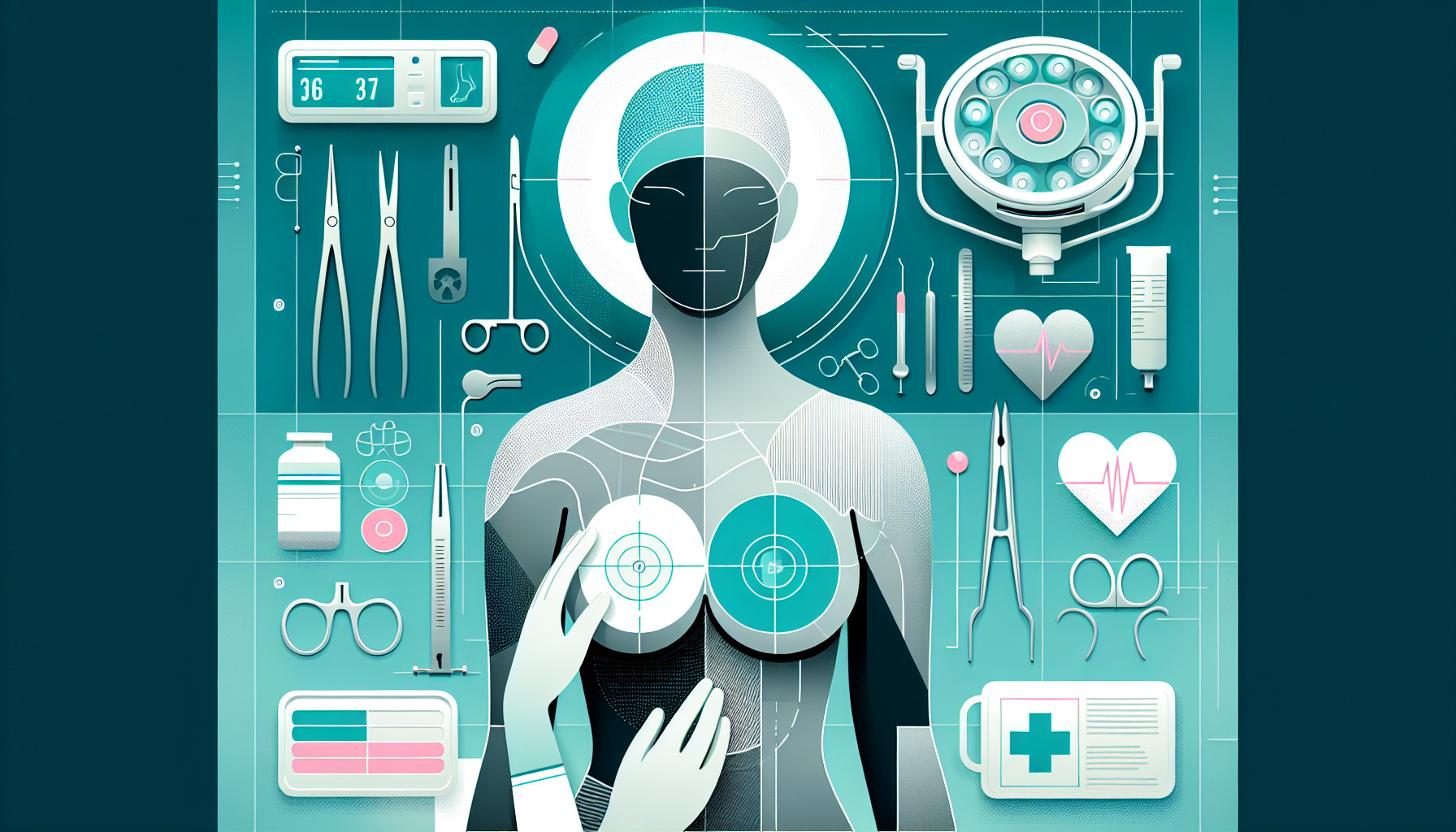Our Summary
This article discusses the reasons for and debates surrounding breast reconstruction using tissue from the patient’s own abdomen. This technique involves moving a flap of skin, fat, and sometimes muscle from the stomach to the chest to recreate a breast after mastectomy (surgery to remove the breast). The paper will examine the evidence for and against this method, and summarize it. Also, the authors will share their way of performing this type of breast reconstruction.
FAQs
- What is abdominally based autologous breast reconstruction?
- What are the indications and controversies in abdominally based autologous breast reconstruction?
- What techniques are used in autologous breast reconstruction using abdominally based free flaps?
Doctor’s Tip
A helpful tip a doctor might tell a patient about breast reconstruction is to discuss all options with your plastic surgeon, including the possibility of using abdominally based free flaps for reconstruction. This technique can provide a natural-looking and feeling breast, and may be a good option for some patients. It is important to have a thorough discussion with your surgeon about the risks, benefits, and potential outcomes of this procedure before making a decision.
Suitable For
Patients who have undergone mastectomy for breast cancer, have a high risk of developing breast cancer, have a genetic predisposition to breast cancer, or have undergone significant trauma to the breast are typically recommended for breast reconstruction. Additionally, patients who desire to improve the symmetry, shape, and appearance of their breasts following mastectomy may also be candidates for breast reconstruction.
Other factors that may influence the decision to undergo breast reconstruction include the patient’s overall health, age, and personal preferences. It is important for patients to have realistic expectations about the outcomes of breast reconstruction and to discuss their goals and concerns with their healthcare provider.
Overall, breast reconstruction can have significant psychological and emotional benefits for patients who have undergone mastectomy, helping them to regain a sense of wholeness and confidence in their bodies. It is important for patients to be informed about the various options available for breast reconstruction and to work closely with their healthcare team to determine the best approach for their individual needs and goals.
Timeline
Before breast reconstruction:
- Patient is diagnosed with breast cancer or undergoes a mastectomy due to other reasons.
- Patient discusses options for breast reconstruction with their healthcare provider and decides to undergo the procedure.
- Patient undergoes a consultation with a plastic surgeon to discuss the different types of breast reconstruction options available, including abdominally based autologous reconstruction.
- Patient undergoes pre-operative assessments and tests to ensure they are a suitable candidate for surgery.
After breast reconstruction:
- Patient undergoes abdominally based autologous breast reconstruction surgery, where tissue from the abdomen is used to reconstruct the breast.
- Patient is monitored closely in the hospital for any complications or issues following the surgery.
- Patient is discharged from the hospital and begins the recovery process at home, which may include pain management, wound care, and restrictions on physical activity.
- Patient attends follow-up appointments with their plastic surgeon to monitor the healing process and address any concerns.
- Patient undergoes post-operative procedures, such as nipple reconstruction or tattooing, to complete the aesthetic appearance of the reconstructed breast.
- Patient continues to follow-up with their healthcare provider for long-term monitoring and surveillance of their reconstructed breast.
What to Ask Your Doctor
- What are the different types of abdominally based autologous breast reconstruction options available, and which one would be most suitable for me?
- What are the potential risks and complications associated with abdominally based autologous breast reconstruction?
- How long is the recovery process expected to be after abdominally based autologous breast reconstruction surgery?
- Will I need additional surgeries or procedures in the future after undergoing abdominally based autologous breast reconstruction?
- What are the expected outcomes and aesthetic results of abdominally based autologous breast reconstruction?
- How will abdominally based autologous breast reconstruction affect sensation in the reconstructed breast?
- Are there any alternative options to abdominally based autologous breast reconstruction that I should consider?
- How experienced are you in performing abdominally based autologous breast reconstruction surgeries?
- What can I do to prepare for abdominally based autologous breast reconstruction surgery and optimize my results?
- Are there any specific post-operative care instructions or restrictions I should be aware of after abdominally based autologous breast reconstruction surgery?
Reference
Authors: Murphy BD, Kerrebijn I, Farhadi J, Masia J, Hofer SOP. Journal: Clin Plast Surg. 2018 Jan;45(1):83-91. doi: 10.1016/j.cps.2017.08.007. Epub 2017 Sep 19. PMID: 29080663
